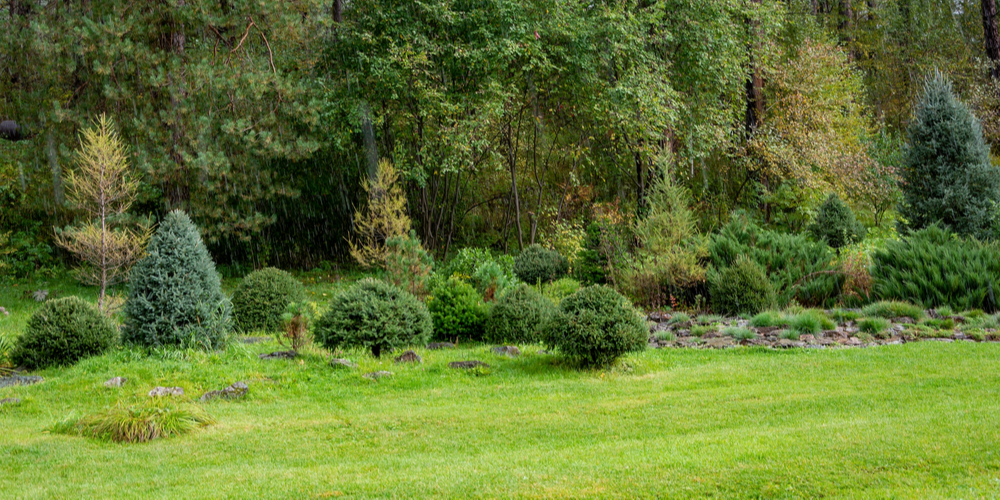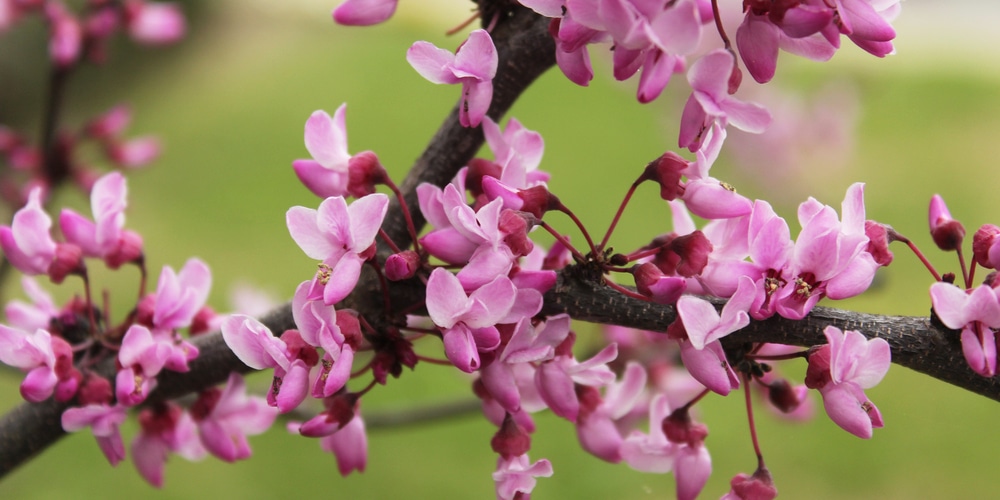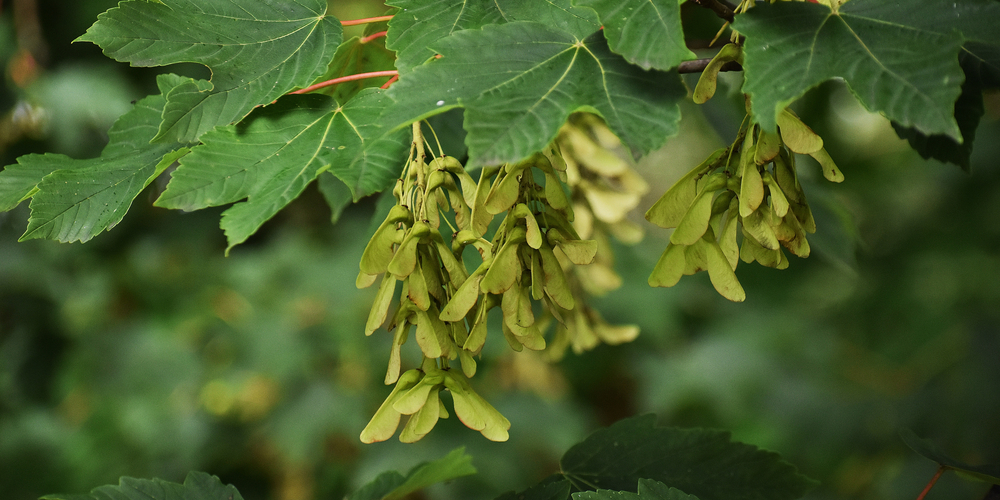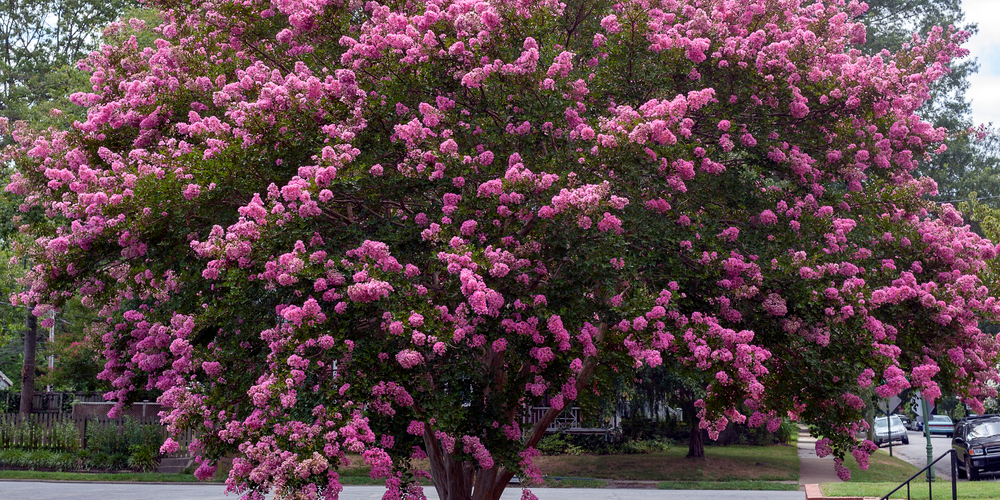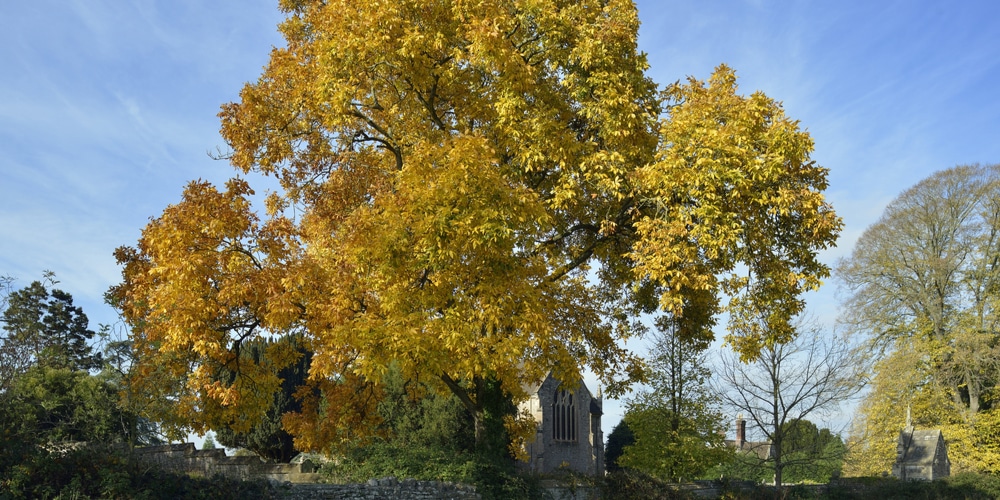Trees having flaky bark are a must-have in home gardens and lawns since they add a subtle aesthetic touch. And luckily enough, these trees are available plentifully in the United States and adorn parks and city gardens.
Nonetheless, not all trees with flaky bark do it naturally, some trees suffering from fungal infections, will peel.
Tree with flaky bark
Here’s a list of the inherently flaky trees you can add to your home’s lawns and gardens.
Kousa Dogwood (Cornus kousa)
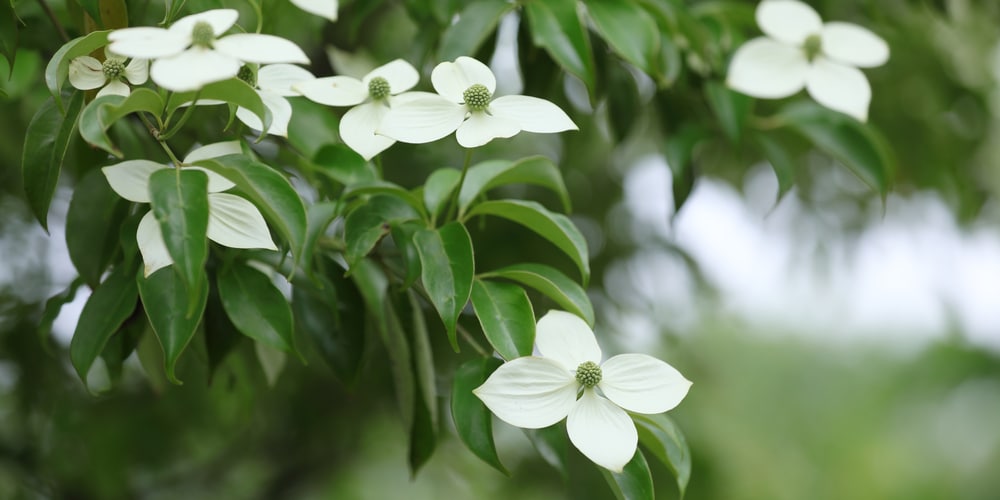
The kousa dogwood has a flaky bark with a dense overlap of peeled leaves. It’s a common tree in the United States available in Southern Ontario, Central Illinois and Eastern Oklahoma.
The tree is usually shrub-like, gives white blooms in the fall and early spring, and is ideal for home gardens and city parks. It’s originally from Asia in Japan and China, but its unmatched adaptability makes it a mainstay of décor in the United States.
Scotch Pine (Pinus sylvestris)
Scotch pine belongs to the pine family and has a flaky bark with no overlaps. The tree usually grows as a single stem and has an open canopy which minimal blossoms.
However, its foliage is a perfect beauty, and its mildly flaky bark makes it an ideal garden and lawn tree. The tree is native to Eurasia around Fennoscandia, western Europe and Eastern Siberia.
However, it’s a sought-after choice in the United States and grows in the central and Pacific Northwest states.
Eastern Redbud (Cercis canadensis)
The Eastern redbud offers mesmerizing blossoms of purple flowers and has a flaking bark mainly on its lower side of the stem. The tree is native to Eastern North America and is available in East New Jersey, Southern Michigan and Central Mexico.
The Eastern redbud has maroon-purple trunks and makes a perfect eye-catching anomaly when it blooms. The tree is a typical inclusion in home lawns and gardens and usually adorns parks and city gardens.
Sycamore (Platanus occidentalis)
The sycamore has an attractive flaky grey-brown bark which often peels in patches to reveal its white wood underneath.
Although it takes longer to mature, it can be a perfect addition to enormous landscapes, thanks to its adorning flaky bark attribute. This tree is native to the United States and found in Southern Ontario and some parts of Northern Mexico.
It’s a deciduous tree with an open canopy and can be an excellent addition to city gardens and parks.
Crape Myrtle (Lagerstroemia indica)
Crape myrtle is a tall-growing plant with a desirable stem peeling pattern. Mainly, flaky bark falls off occasionally, unlike most trees where it stays put for a long time, almost permanently.
This tree stands about 25 feet tall when matured and is low-maintenance, ideal for gardens and lawns. When it flakes its bark, it reveals its greyish-white underneath, and its purple blooms create a mesmerizing view.
Crape myrtles are native to Southeast Asia, Japan and China, but their incredible adaptability makes them a gardening staple in the United States.
Stewartia (Stewartia pseudocamellia)
Stewartia has an attractive exfoliating flaky bark and beautiful, showy yellow-orange anthers appearing on its leaf axils in the summer. The tree grows about 20 feet tall and is native to Korea and Japan.
It’s a sought-after single-stemmed tree and a darling among home gardeners, mainly due to its free, open canopy and white flowers resembling camellia. The tree flourishes in the united states in Maine, Washington and North Texas, where the weather and climate are favorable.
Shagbark Hickory (Carya ovata)
The Shagbark hickory is a tall-standing tree reaching about 60 feet tall. It also has a peeling back that’s near flaky but somewhat rugged for the most part. The tree is native to the Central and Eastern United States and Canada and manages well in the cold frosty conditions of the area.
You’ll find squirrels swooping in for nuts dropping on the ground, making it perfect for parks where they roam around freely. The tree is usually monoecious and displays its majestic catkins just before new leaves emerge.
Tree with flaky bark: Conclusion
Trees with peeling bark appeals to the eye and adds an aesthetic touch to home gardens and city parks.
And since most of them have enchanting blossoms, it creates a perfect combination of flower plants for adornments.
Most of these trees are native to other regions outside the United States but have adapted to the local conditions, becoming mainstays in the country.
Related Article: 6 Types of Tree with Spikes on the Trunk
